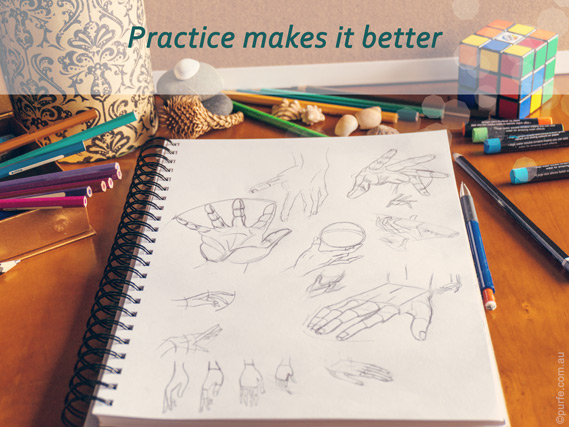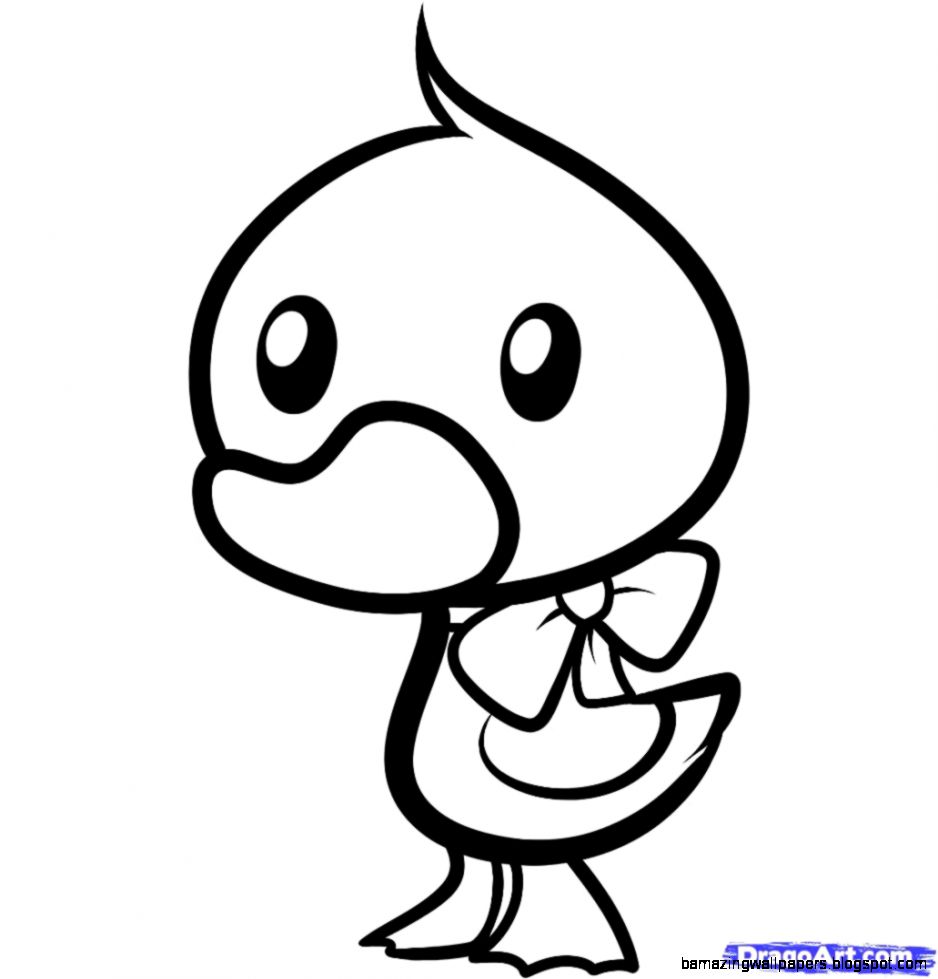Better drawing wikihow dessiner ways
Table of Contents
Table of Contents
Are you tired of feeling frustrated every time you try to draw? Do you wish you could improve your drawing skills, but don’t know where to start? If so, you’re not alone. Many people struggle with how to get better in drawing, but with some guidance and practice, you can dramatically improve your skills.
The Struggle to Improve Drawing Skills
Have you ever compared your drawings to those of professional artists and felt discouraged? Or maybe you’ve tried to follow tutorials or take classes, but still find yourself struggling to achieve the same results. The truth is, improving your drawing skills takes time and effort, and setbacks are a normal part of the process.
Answering the Target of How to Get Better in Drawing
If you want to get better in drawing, the first step is to practice regularly. Set aside time each day, even just 15 minutes, to work on your skills. Don’t be afraid to try new styles or subjects, and don’t worry about making mistakes. Every drawing is an opportunity to learn and improve.
It’s also important to study the work of other artists. Look at their techniques and styles, and try to incorporate what you like into your own work. Don’t copy directly, but use it as inspiration to create something unique.
Finally, consider taking a class or workshop to learn from experienced instructors and connect with other artists. This can help you gain new insights and learn new techniques.
Summary of Main Points
To recap, getting better in drawing requires regular practice, studying the work of other artists, and seeking out opportunities to learn and connect with other artists. By putting in the effort and staying dedicated, you can improve your skills and achieve your artistic goals.
The Importance of Keeping a Sketchbook
One of the best ways to improve your drawing skills is to keep a sketchbook. This provides a space for you to practice, experiment, and record your progress. A sketchbook doesn’t have to be fancy or expensive; a simple notebook or pad of paper will do.
I personally started keeping a sketchbook a few years ago and it has been a game-changer for my drawing skills. I use it to experiment with new techniques, doodle when I’m bored, and record my experiences while traveling. It’s a great way to keep my skills sharp and document my artistic journey.
 The Benefits of Using Reference Images
The Benefits of Using Reference Images
Another way to improve your drawing skills is to use reference images. This can be anything from a photograph to a still life arrangement. Reference images provide a way to study the details and proportions of your subject matter, and can help you create more accurate and realistic drawings.
When I’m working on a drawing, I often use reference images to help with the details. For example, if I’m drawing a portrait, I might use a photograph to help with the proportions of the face. But I never copy the image exactly; instead, I use it as a guide to create my own interpretation.
 ### The Importance of Experimentation
### The Importance of Experimentation
While reference images can be helpful, it’s also important to experiment and try new things. Don’t be afraid to use new materials or techniques, even if you’re not sure how they’ll turn out. This is how you’ll discover what works for you and develop your own unique style.
When I first started drawing, I stuck to pencils and paper. But as I grew more confident, I began to experiment with different materials, such as charcoal and ink. I found that I loved the expressiveness of ink, and now use it in most of my drawings.
 Question and Answer
Question and Answer
Q: How long will it take to see improvement in my drawing skills?
A: Improvement is a gradual process, and it will vary from person to person. Don’t get discouraged if you don’t see immediate results. Keep practicing and you’ll start to see improvement over time.
Q: I’m not sure what to draw. What should I do?
A: The possibilities are endless! Consider drawing objects around your house, landscapes, or even your own face. Don’t be afraid to get creative and try something new.
Q: How can I give constructive criticism to others?
A: When giving feedback to other artists, it’s important to be kind and specific. Focus on what you like about their work, as well as areas where they could improve. Avoid being overly critical or negative, and be sure to offer suggestions for improvement.
Q: What if I don’t have access to classes or workshops?
A: Thanks to the internet, there are many resources available online for artists of all skill levels. Consider joining online communities or following artists on social media for inspiration and tips.
Conclusion of How to Get Better in Drawing
Improving your drawing skills takes time and dedication, but with practice and patience, you can achieve your artistic goals. Remember to keep a sketchbook, use reference images, experiment with new materials, and seek out opportunities to learn and connect with other artists.
Gallery
How To Get Better At Drawing - Draw An Art

Photo Credit by: bing.com / drawing better things so instantly again let through right help go
3 Ways To Get Better At Drawing - WikiHow

Photo Credit by: bing.com / better drawing wikihow dessiner ways
Six Ways I’m Learning How To Get Better At Drawing Sketchnotes :: Sacha

Photo Credit by: bing.com / drawing better learning getting sketchnotes six ways sketching tips process awesome joel wanted could any know if kickstarting continuing thought
The Fastest Way To Get Better At Drawing! - How To Draw

Photo Credit by: bing.com / better drawing draw anime fastest way drawings
How To Improve Your Fashion Illustrations – Purfe

Photo Credit by: bing.com / fashion improve drawing better illustrations
 The Benefits of Using Reference Images
The Benefits of Using Reference Images Question and Answer
Question and Answer




